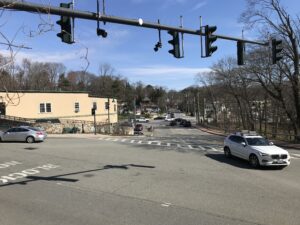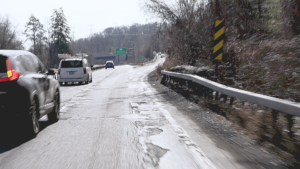
Following the state Department of Transportation’s completion of the yearlong study and release of the scoping report on the Briarcliff-Peekskill Parkway (Route 9A), Village of Briarcliff Manor officials are urging Gov. Kathy Hochul and the state Assembly allocate $20 million in the new state budget for the preliminary design of the outdated and dilapidated roadway.
The state Senate included $20 million for a preliminary design of a new Route 9A in its version of the 2024-25 state budget, but Hochul and the Assembly have not. Lawmakers are currently reconciling their versions of the state’s spending plan and the New York Constitution requires elected officials to adopt a budget by April 1.
“We cannot tolerate more delays when it comes to public safety, which is the number one goal of the state’s recently published engineering scoping study on this vital transportation corridor,” said Mayor Steven Vescio. “We are grateful to Senators Andrea Stewart-Cousins and Peter Harckham for including this vital funding in the Senate’s version of the state budget. It is time for the rest of our state leadership to do their part to ensure that this critical project advances.”
Briarcliff Manor officials are asking the public to reach out to their state representatives and remind them that this road urgently needs modernization. Residents who want to send a note to state officials can click here.

Route 9A connects the Saw Mill River Parkway, Taconic State Parkway and Route 100 in Hawthorne to Route 9 in Ossining. Although the roadway has retained the low-clearance, stone arch overpasses, and limited sight lines of a traditional parkway, it does not have any commercial traffic restrictions typically associated with parkways.
The stated design goals for a new Route 9A will support safe, efficient, reliable, and environmentally sound movement of people and goods, minimizing diversions to secondary roadways while maintaining its aesthetic values. Regional and local trips will enjoy a modern, sustainable, and well-maintained facility that promotes strong community cohesion and accommodates all roadway users including pedestrians and bicyclists traversing the corridor.







